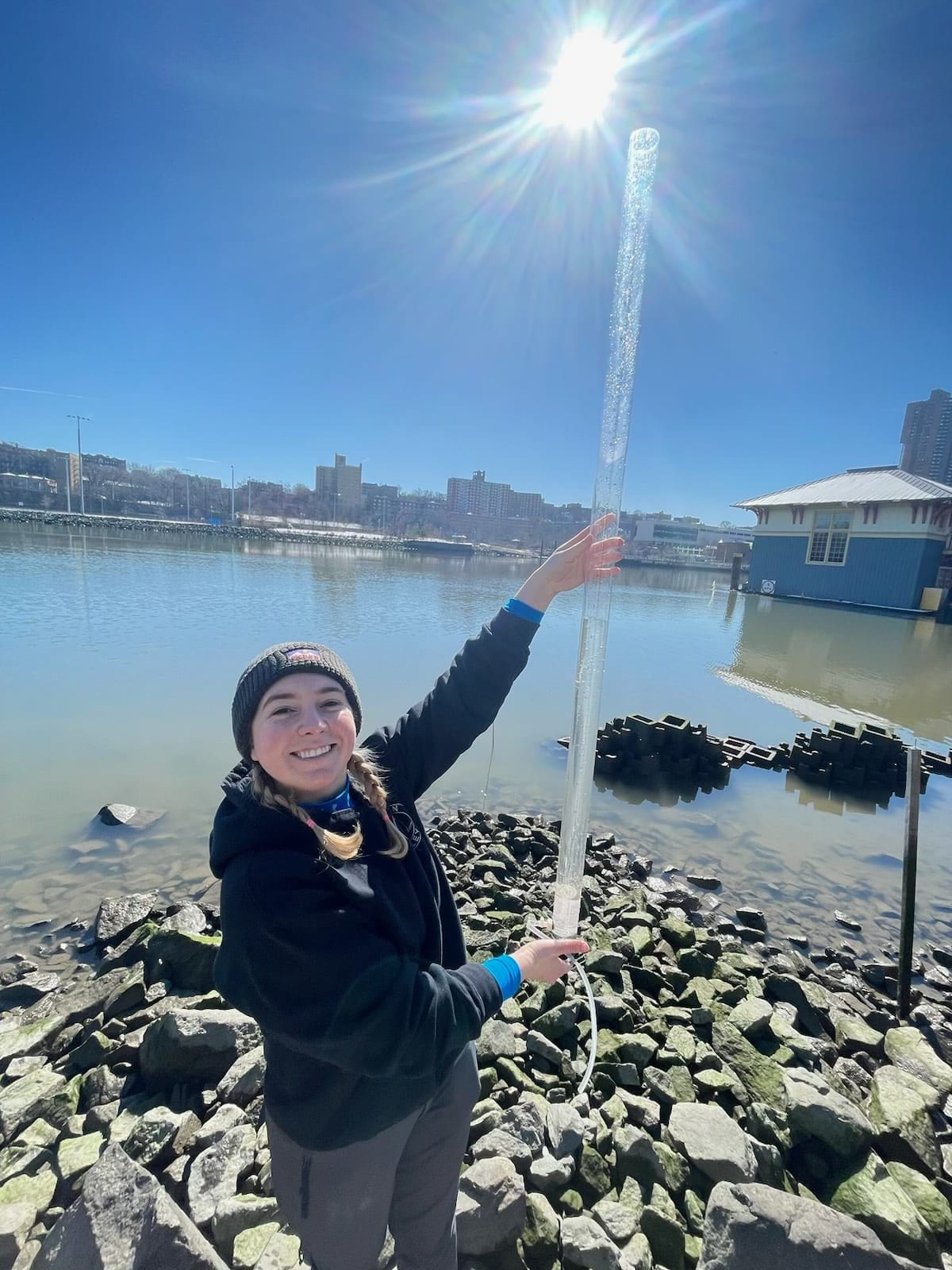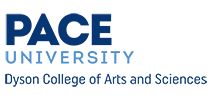Connecting with Community at the New York Restoration Project
Five miles and two hours. That’s how long it took another classmate and I to walk across The High Bridge onto the Bronx side of the Harlem River and to reach another accessible community green space. During my Research Practicum course my group and I had the opportunity to create materials for the Harlem River Working Group, a group aimed at improving the city’s environment and increasing access to and around the Harlem River. We created a website with historical information on the High Bridge as well as the area of the Bronx we walked through. This website also had blogs of our experiences, links to Citi Bike and other transportation, etc. We created a map of our walk and selected points for QR code signs to be set up, leading to the website we created and sharing this information with the community in hopes of connecting them with their green spaces. Through this work I was able to see how different areas of New York City have such limited access to outdoor spaces. I knew I wanted to continue with this type of environmental justice work and this research practice class led to an opportunity to continue with a similar non-profit through an internship. With only one semester left at Pace University I immediately said yes. The internship was with the New York Restoration Project, and after a phone call and in person meeting with Jason Smith, the Director of Northern Manhattan Parks, it was decided that I would become their newest intern.
The New York Restoration Project (NYRP) is an environmental non-profit, aimed at improving green spaces in New York City and expanding people’s access to nature. Founded in 1995 by Bette Midler, NYRP has made incredible changes to New York City’s green spaces. Some examples are planting trees, restoring gardens and parks, as well as making nature more accessible for residents of New York City. Some major achievements they are known for are cleaning up an illegal dumping ground in Inwood that is now known as Swindler’s Cove, as well as uncovering and reestablishing the pathways in Highbridge park so they are able to be used by the public again. NYRP oversees these areas still, and also helps communities in need of helping restore their outdoor spaces. As a part of their Gardens for the City program, residents of New York City can apply to have a local green space restored by NYRP. They will transform these spaces into a new flourishing, accessible space for all, as well as providing the materials for this process. At their Sherman Creek Park location, they are currently combating receding shoreline issues by re-planting native vegetation as well as installing oyster castles, which are concrete blocks shaped in a way to mimic oyster reefs. By doing this they lessen the effects of incoming tides, decreasing the amount of erosion and helping them replant and rebuild the shoreline.


I also had the opportunity to help with field work within NYRP. With the forest restoration crew, I spent one day of my internship mulching. The three of us within the group took turns filling the buckets and dumping those buckets on the steep hillside in Highbridge Park, spreading it out over the needed area. This process is essential in helping newly planted trees grow in different seasons. Another day was spent cutting down a large area of invasive species near Harlem River Drive and the Harlem River. Using power tools, a small group of us cut down this invasive grass species in order to help restore this area as well as keep the bike path next to it clear.
Branching outside of the Inwood Field Office, I got to meet different people within NYRP as well as outside of NYRP. In preparation for an event involving community salamander education, I was able to attend a meeting with NYC Parks and other environmental organizations. We walked through Highbridge Park and were able to brainstorm ideas and locations for this event. This was an amazing opportunity to look into the real work dynamic of the New York City environmental work field. It was also a great chance to meet others within the environmental field here and learn from their knowledge and experiences. I also got to work with the Marketing and Communications team, by helping them create posters to help promote volunteer opportunities with NYRP (as seen in Figure 3). These posters are now up at different locations and will hopefully draw in more interested helpers. I created stickers that could be handed out to future volunteers as a thank you for their help, but also to hopefully promote volunteering with NYRP even further. Along with these materials I also created brochures promoting volunteering and NYRP’s work that could be used at future events or at the sidewalk science events that I also created materials for.


As my internship with the New York Restoration Project comes to a close, I find myself grateful for all the experiences I have had. I am so happy I was able to be involved in so many different projects and I hope that I can work with the New York Restoration Project more in the future. I would also like to thank Dr. Toomey for not only being an amazing teacher while I was here at Pace University, but for connecting me with such a wonderful opportunity for my last semester!

Gabrielle Robb '23
Environmental Studies
While attending Pace University, Environmental Studies student Gabrielle Robb was the Northern Manhattan Park Science and Engagement Intern at the New York Restoration Project, the Committee Coordinator for the Pace Sustainability Initiative, and a member of the GreenPace Committee.
Recent Posts

Presenting at the Annual Society of Fellows Meeting
Congratulations to Environmental Science student Hannah Engelmeyer ’25 who won awards for their paper and their presentation at the Annual Meeting of the Society of Fellows!

COMMUNICATING SCIENCE
Environmental Science Professor Anne Toomey’s recently published book, Science with Impact: How to Engage People, Change Practice, and Influence Policy, gains media attention in WCAI.
